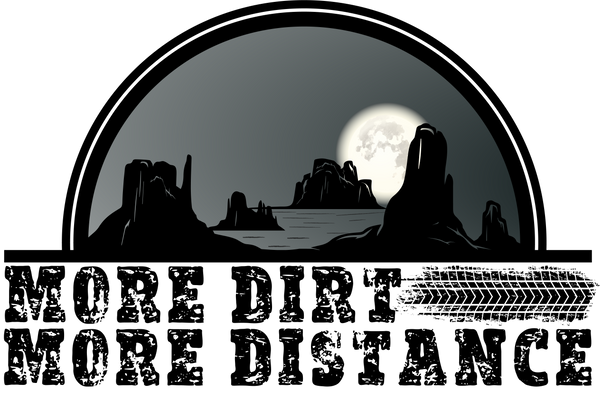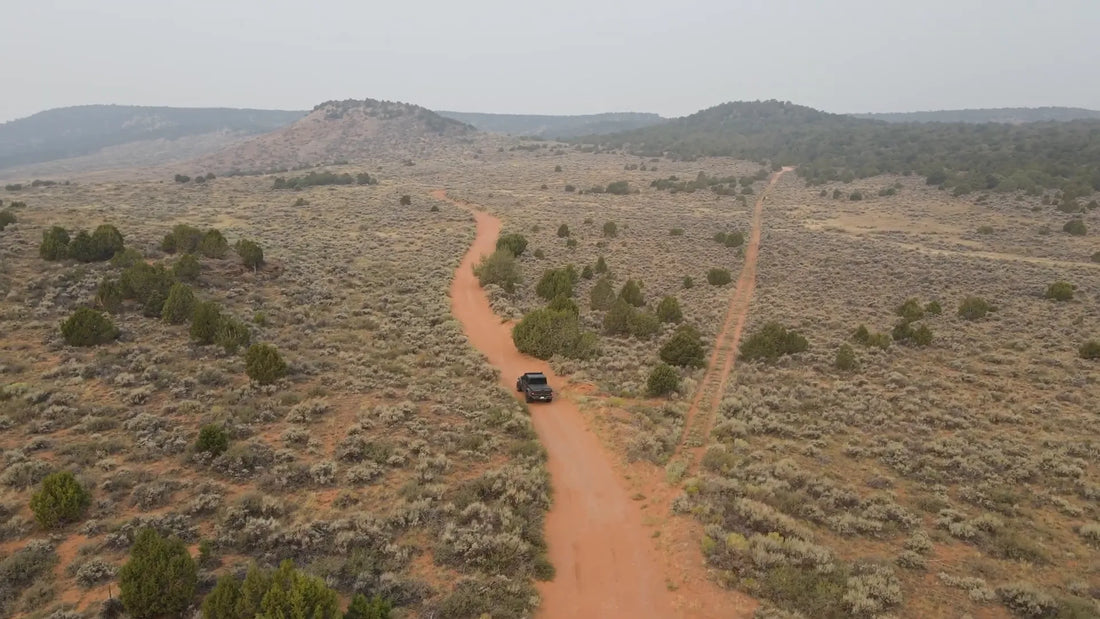
Add Dinosaur National Monument to Your Bucket List!
Share
Add Dinosaur National Monument to Your Bucket List!
If you’re someone who loves exploring the great outdoors and discovering hidden gems beyond the well-trodden paths of famous national parks, then Dinosaur National Monument should be at the top of your list. Nestled in the far northwest corner of Colorado and stretching into Utah, this vast and rugged monument offers a unique blend of natural beauty, rich history, and endless adventure.
As a Colorado native, I’ve always been drawn to the open spaces and the stories they hold. Recently, I spent a long week in Steamboat Springs, Colorado, eager to find more dirt roads, more distance, and more discovery. My journey led me to explore the less-visited Colorado side of Dinosaur National Monument, where the canyons carved by the Yampa and Green Rivers create breathtaking vistas and a deep connection to the past. Despite some unexpected challenges, this adventure turned out to be one of the most rewarding experiences of my travels. Here’s a detailed account of what makes Dinosaur National Monument so special and why it deserves a spot on your bucket list.
Table of Contents
- Discovering Dinosaur National Monument: Beyond the Crowded Parks
- Planning the Route: Moffat County Road 14 and Yampa Bench Road
- Adjusting the Plan: Entering from Harper’s Corner Road
- Echo Park: A Window into Human History and Nature’s Power
- Exploring Petroglyphs and Whispering Cave
- Echo Park and Steamboat Rock: Where Rivers Meet
- Reflections on the Adventure
- Frequently Asked Questions about Dinosaur National Monument
- Final Thoughts
Discovering Dinosaur National Monument: Beyond the Crowded Parks
When most people think of national parks, names like Yellowstone, Yosemite, and Arches immediately come to mind. These parks are undoubtedly stunning, but they can also be crowded, especially during the summer months. Dinosaur National Monument offers a different kind of experience—one that feels more intimate, remote, and connected to history.
Spanning over 210,000 acres, Dinosaur National Monument is named for its famous dinosaur fossil bed located on the Utah side of the park. While the dinosaur quarry is an incredible site to visit, the Colorado section of the park holds its own allure with sweeping views of dramatic canyons carved out by two mighty rivers: the Yampa and the Green.
Unfortunately, during my visit, visibility was hampered by widespread forest fires raging throughout the western United States. This smoky haze seems to be becoming the new normal during summer, but even with limited views, the vast open spaces filled with sagebrush and scrub oak evoked a strong sense of the Wild West—a landscape that’s both timeless and captivating.
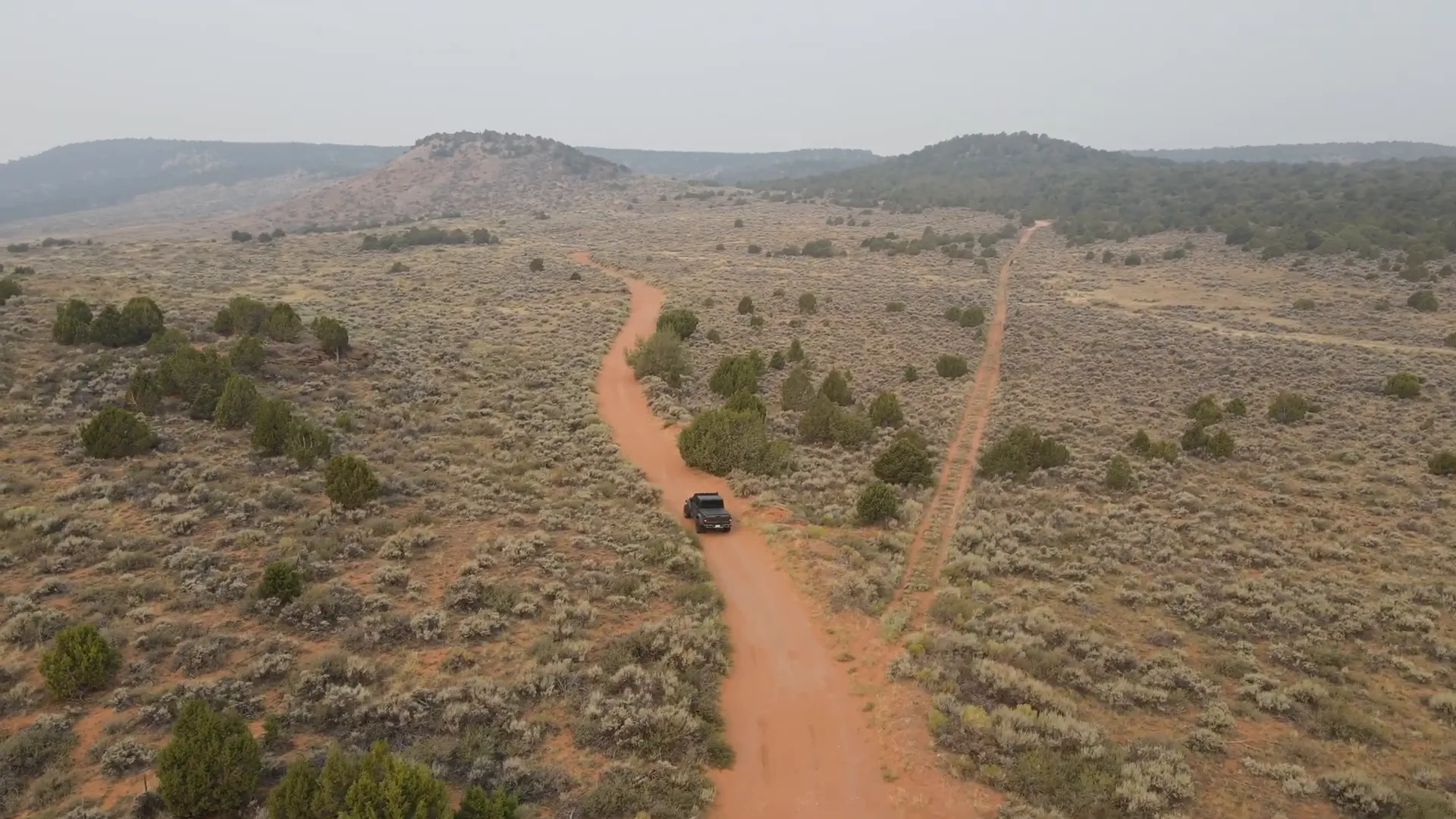
Planning the Route: Moffat County Road 14 and Yampa Bench Road
My original plan was to enter the park from Moffat County Road 14, a 15-mile stretch that’s mostly easy driving with a few sandy patches. Once inside the park, this road becomes Yampa Bench Road, an 18-mile dirt route that travels along the rim above the Yampa River. The road offers several overlooks and trailheads to explore, culminating at Echo Park—a place rich with history and natural beauty.
However, this plan hit an unexpected roadblock—literally. After driving 15 miles through dry, dusty terrain, I reached what I thought was the park entrance, only to find the road closed.
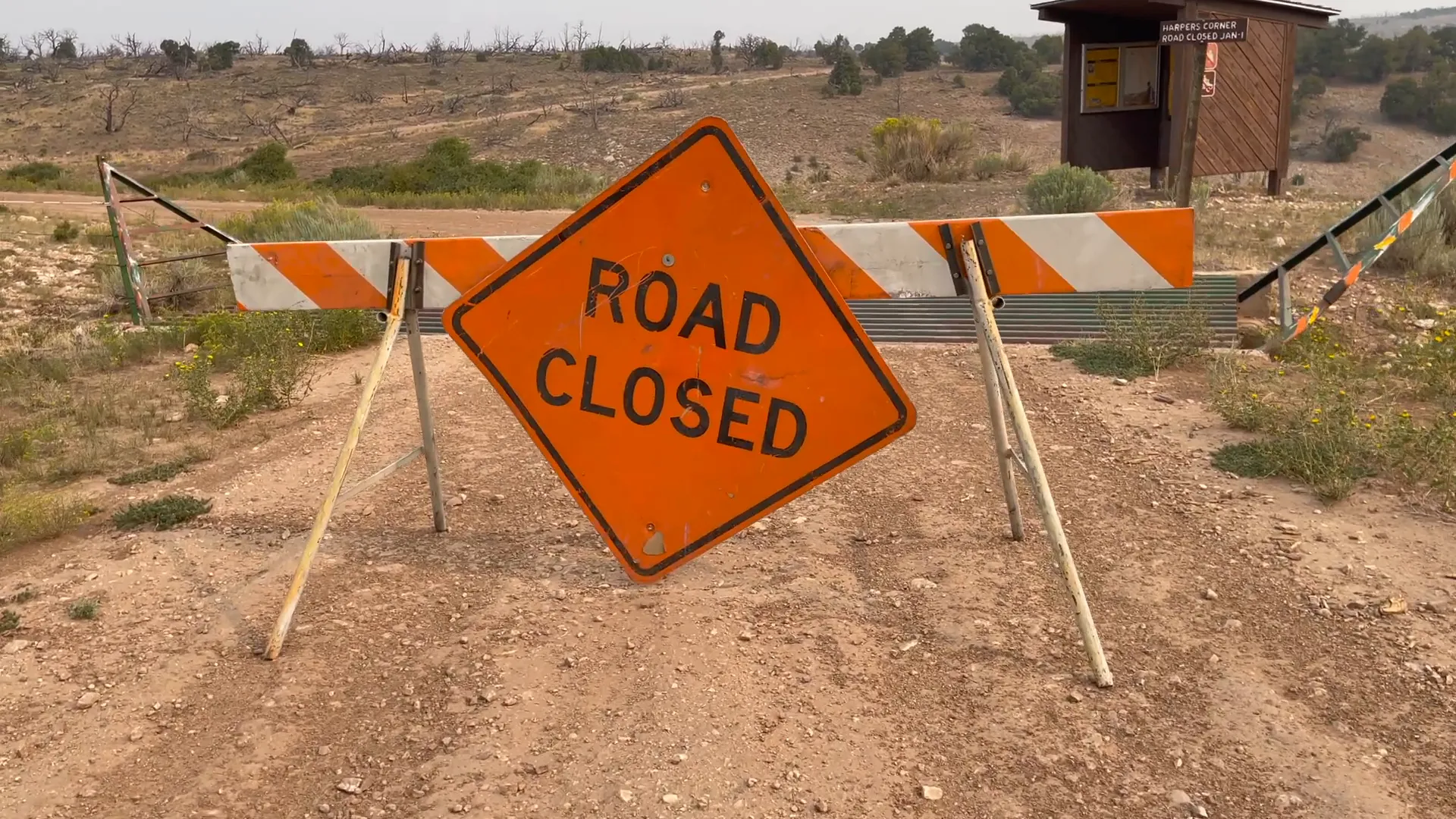
Lessons Learned: Always Check Road Conditions Before You Go
This closure was due to significant damage from a recent thunderstorm, a situation that wasn’t reflected on the website when I initially checked a few days before my trip. A news release dated August 4th announced the closure of Yampa Bench Road from the monument’s east boundary to the junction with Echo Park Road until further notice.
This experience taught me an important lesson: conditions in remote areas can change rapidly, and it’s crucial to check for updates right before heading out. Although I had planned ahead, a last-minute check would have saved me the detour. Still, I decided not to take this as a loss but as part of the adventure—sometimes plans change, and that’s okay.
Adjusting the Plan: Entering from Harper’s Corner Road
Instead of turning back home, I found that the next access point to Dinosaur National Monument was about 30 miles down the road in the town of Dinosaur, Colorado. It was still early in the day, so I opted to roll with the punches and continue my journey.
Harper’s Corner Road is a paved 31-mile route that offers several stunning overlooks of the canyons carved by the Yampa and Green Rivers. Though my path had shifted, my ultimate destination—Echo Park—remained the same.
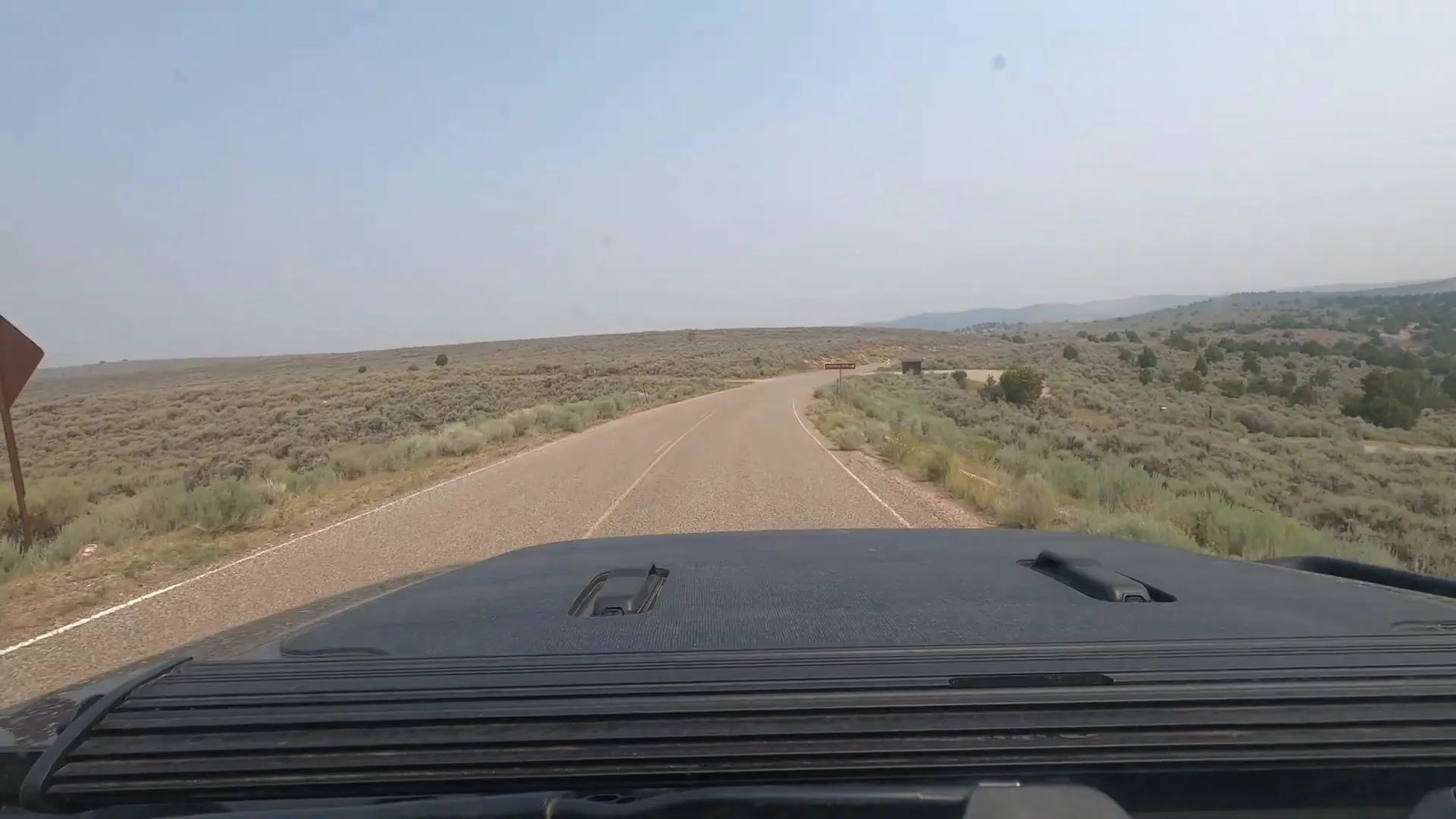
Back to Dirt: Echo Park Road and the Descent to the River
From Harper’s Corner, I turned right onto Echo Park Road, where the pavement quickly gave way to dirt. The road descends steeply down to the river, with signs warning that it becomes impassable when wet. Thankfully, the dry conditions made the drive manageable—even a minivan was making its way through without issue.
Though the road itself wasn’t technically challenging, the views as I entered Sand Canyon were a wonderful surprise. Towering canyon walls framed the path, creating a dramatic and awe-inspiring atmosphere.

Echo Park: A Window into Human History and Nature’s Power
As the canyon walls receded, the landscape opened up into sagebrush plains, but what lies beyond is far more than just scenery—it’s a glimpse into the ancient past. The Fremont people inhabited these lands for over a thousand years, leaving petroglyphs—images of humans and animals—carved into the canyon walls.
In the early 1900s, homesteaders settled in this remote and unforgiving terrain. The Chu family, in particular, called Echo Park home for several generations. Their ranch operated from 1900 to 1949, and the family remained on the land until the 1970s.
Exploring these remnants of human history is one of my favorite parts of visiting places like Dinosaur National Monument. It’s humbling to stand where people lived, worked, and thrived so long ago—especially in such a rugged environment.
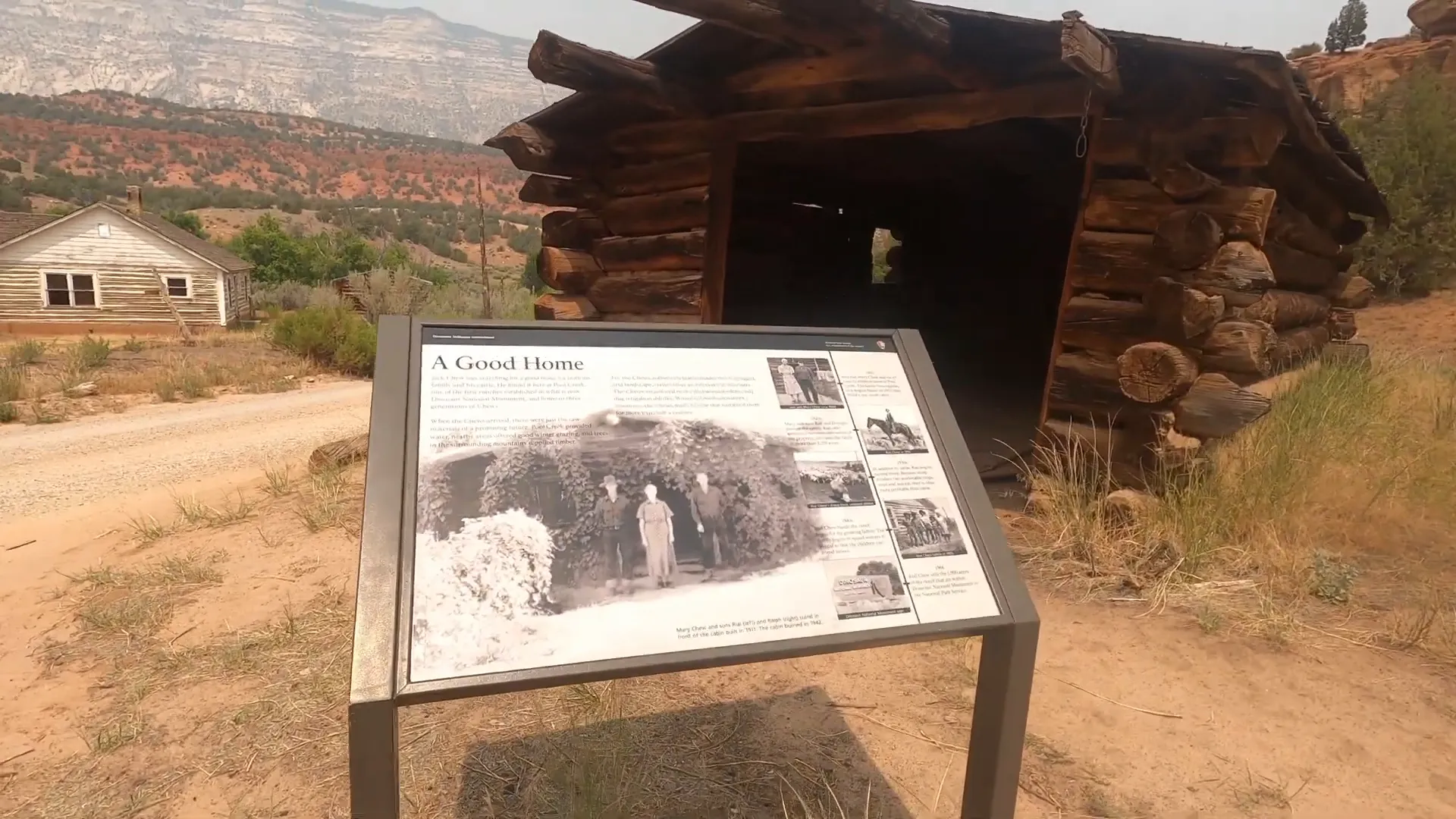
The Original Overlanding Vehicle: A Glimpse into Pioneer Life
Along Echo Park Road, I came across what I call the original overlanding vehicle—an old setup rolling on massive 44-inch tires, complete with a kitchen, storage, and a bed. It’s a fascinating reminder of how people adapted to remote living before modern conveniences.
I can’t imagine using an outhouse in the middle of winter, especially with wild animals lurking nearby. The challenges faced by early settlers here are almost unimaginable today. Yet, this history feels surprisingly recent when you consider the rapid progress made over the past century.
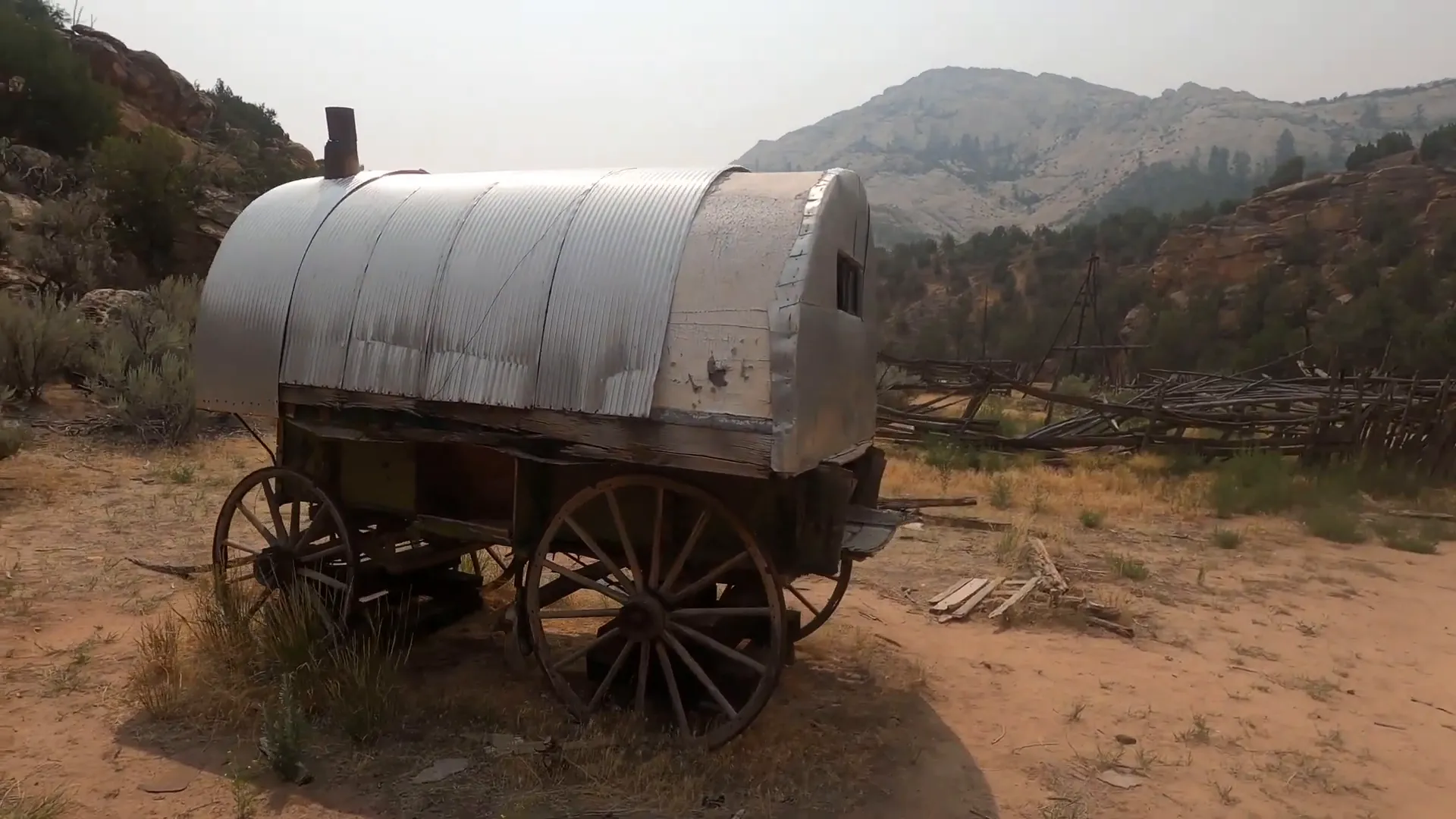
Exploring Petroglyphs and Whispering Cave
The petroglyphs in Dinosaur National Monument are particularly striking. At first, they can be hard to spot, but once you find them, it’s like unlocking a secret story etched in stone. The images offer a rare connection to the Fremont people who once roamed these lands.
One of the highlights of my trip was visiting Whispering Cave, a narrow and winding cavern accessible from Echo Park Road. Curious about how far it extended, I grabbed my flashlight and ventured inside. The passage quickly narrowed, and while not claustrophobic, I used common sense and decided not to push my luck alone in such tight quarters.
Whispering Cave is a unique feature of the monument, but it’s also a reminder to prioritize safety when exploring remote areas. There have been stories of visitors getting stuck and needing rescue, so it’s best to be cautious.
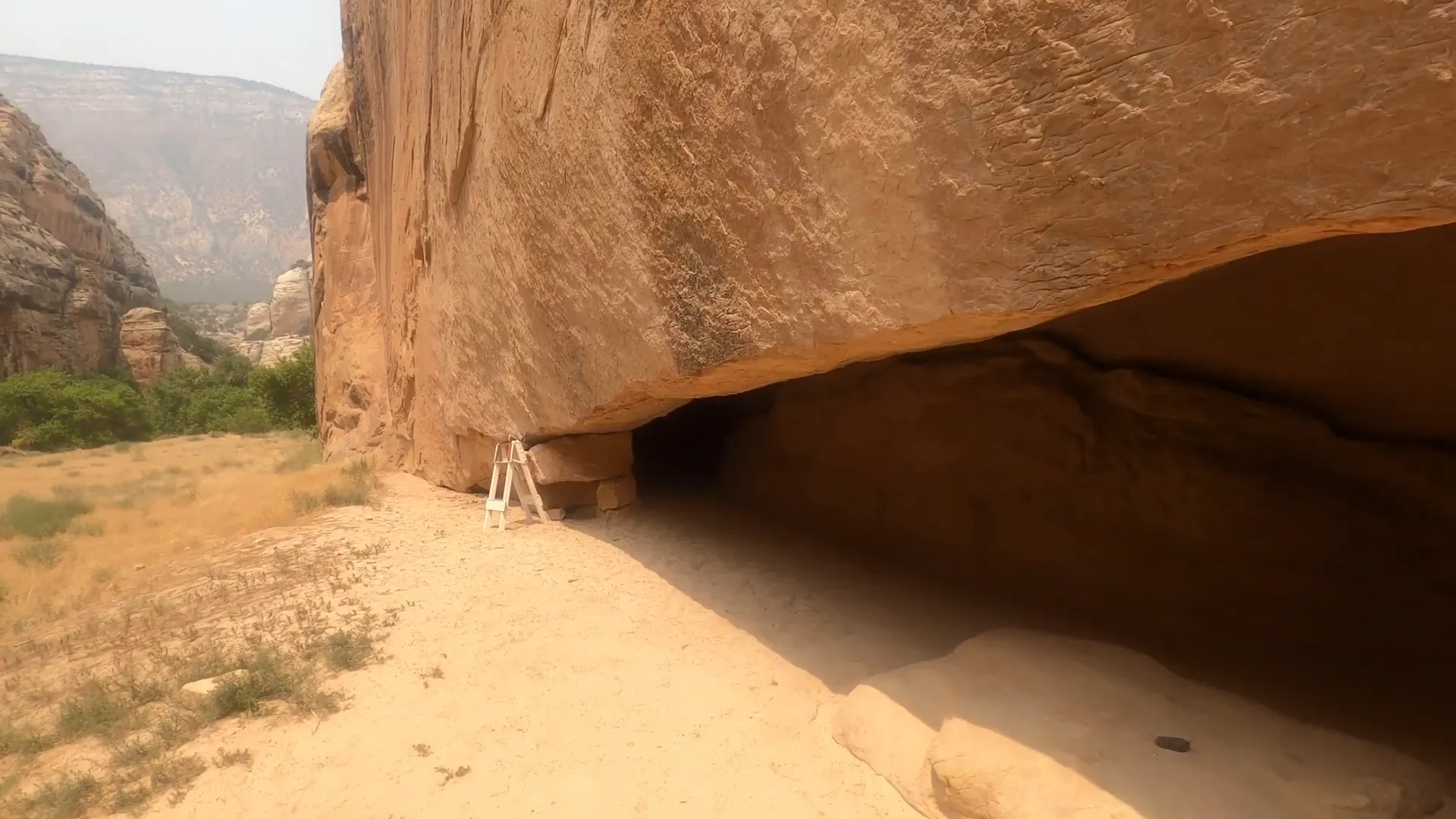
Echo Park and Steamboat Rock: Where Rivers Meet
Eventually, I made it to Echo Park and Steamboat Rock, a stunning area where the Green River and Yampa River converge. This spot features a campground with facilities, and I can only imagine how incredible the sunrises, sunsets, and night skies must be in such a remote location.
Despite the smoky haze and detours, reaching this beautiful area was the highlight of my trip. It reaffirmed why Dinosaur National Monument is such a special place—full of natural wonders and rich stories waiting to be discovered.
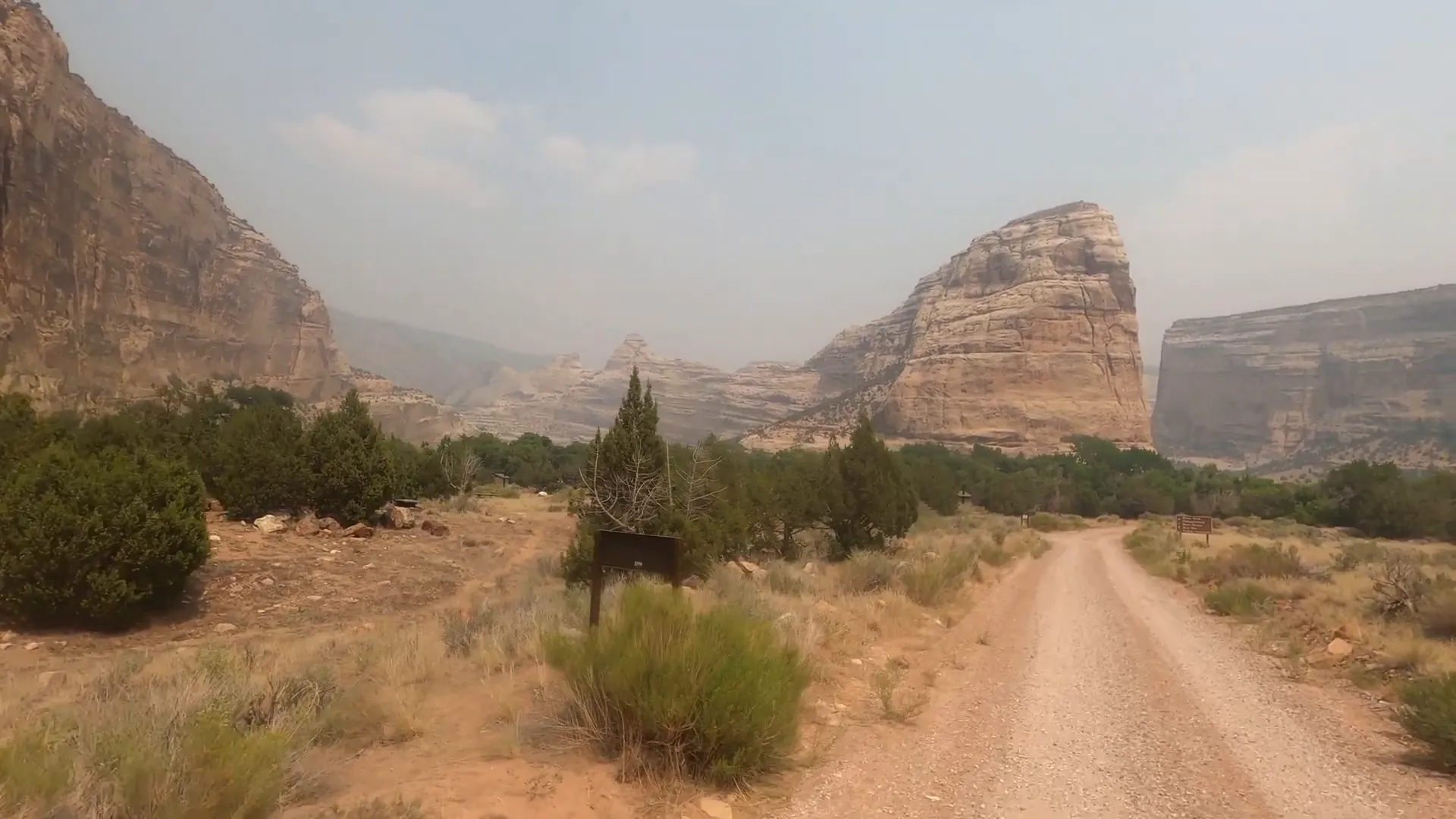
Reflections on the Adventure
In a funny way, not knowing about the road closure beforehand worked out for the best. Had I seen the closure notice the night before, the extra miles and detour might have discouraged me from making the trip at all. Instead, I pushed through, and it turned out to be a fantastic adventure.
Even with the smoke affecting visibility, the unexpected route and extra miles introduced me to new trails and stunning views I might have otherwise missed. This trip was a perfect example of how travel sometimes doesn’t go as planned, but that doesn’t mean it can’t be an incredible experience.
If you find yourself in this corner of Colorado or Utah, I highly recommend adding Dinosaur National Monument to your itinerary. Whether you’re interested in geology, history, or just seeking an escape to wide-open spaces, this monument delivers on all fronts.
Frequently Asked Questions about Dinosaur National Monument
Where is Dinosaur National Monument located?
Dinosaur National Monument straddles the border between northwest Colorado and northeast Utah, covering over 210,000 acres of rugged terrain, including canyons carved by the Yampa and Green Rivers.
What is the best way to access Dinosaur National Monument?
There are multiple access points, but popular routes include Moffat County Road 14 leading to Yampa Bench Road on the Colorado side, and Harper’s Corner Road which offers paved access with overlooks. The town of Dinosaur, Colorado, also provides an entry point to the park.
What can I see at Dinosaur National Monument?
The monument is famous for its dinosaur fossil quarry (located on the Utah side), petroglyphs left by the Fremont people, historic homesteads, dramatic canyon views, and the confluence of the Green and Yampa Rivers at Echo Park.
Are the roads inside Dinosaur National Monument suitable for all vehicles?
Some roads, like Harper’s Corner Road, are paved and accessible by most vehicles. Dirt roads such as Yampa Bench Road and Echo Park Road require caution, especially during wet conditions when they can become impassable. Always check current road conditions before visiting.
What activities can I do in Dinosaur National Monument?
Visitors can enjoy hiking, camping, wildlife viewing, exploring petroglyphs, river rafting, and scenic drives. The area is also great for photography and learning about the region’s rich human and natural history.
Is there camping available in Dinosaur National Monument?
Yes, there are campgrounds with facilities, including the one at Echo Park near the confluence of the rivers, offering a remote and serene camping experience.
When is the best time to visit Dinosaur National Monument?
Spring and fall are ideal for comfortable temperatures and clearer skies. Summers can be smoky due to forest fires, and some roads may close due to weather or storm damage, so always check ahead.
Final Thoughts
Dinosaur National Monument is a treasure trove of natural beauty and history that offers something for every adventurer. From ancient petroglyphs and dinosaur fossils to stunning river canyons and remote camping spots, this monument invites you to explore the wild and the wonderful.
While it may not have the crowds of more famous parks, its quiet roads and expansive landscapes offer a chance to connect deeply with the land and its stories. Whether you’re a history buff, a nature lover, or simply someone looking for a new adventure, Dinosaur National Monument is worth the journey.
Remember to always check current road and weather conditions before your trip, pack accordingly, and embrace the unexpected twists that make every adventure unique. Happy exploring!
